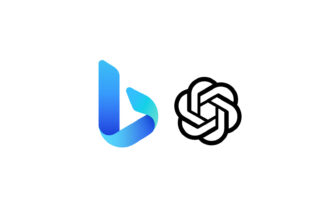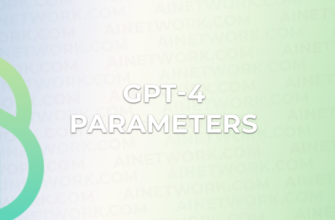Chat GPT, an AI-powered language model developed by OpenAI, has garnered significant attention in recent years due to its ability to generate human-like responses across a broad spectrum of topics. One topic of interest concerns the reliance of Chat GPT on internet connectivity to operate. In this discourse, we aim to delve into this subject matter in a technically-oriented manner.
Does Chat GPT Use the Internet?
Chat GPT, as a Generative Pre-trained Transformer language model, functions through a neural network architecture that is trained on large volumes of data to predict the probability of a sequence of words based on preceding text inputs. To achieve this, the system is trained on vast collections of text data obtained from numerous sources, including books, websites, and social media platforms.
To actualize the AI-powered Chat GPT experience, cloud-based servers, managed by OpenAI, are utilized to process user text inputs and generate corresponding responses. In essence, Chat GPT is dependent on internet connectivity to function, as text inputs from users are transmitted to the servers via the internet, processed, and then relayed back to the user devices in real-time.
Although the requirement for internet connectivity may appear to be a limitation, the dependence on cloud-based servers affords numerous benefits. For instance, the cloud-based architecture allows for real-time updates and improvements, thus enhancing the accuracy and precision of the language model. Additionally, the cloud-based design makes it possible for Chat GPT to be seamlessly integrated into various applications and platforms, making it a versatile tool for developers and businesses.
Q&A
In summary, Chat GPT relies on internet connectivity to function. This dependency enables real-time updates and facilitates easy integration into various platforms and applications. The potential for innovative applications of AI-powered language models such as Chat GPT continues to grow as the technology advances.









